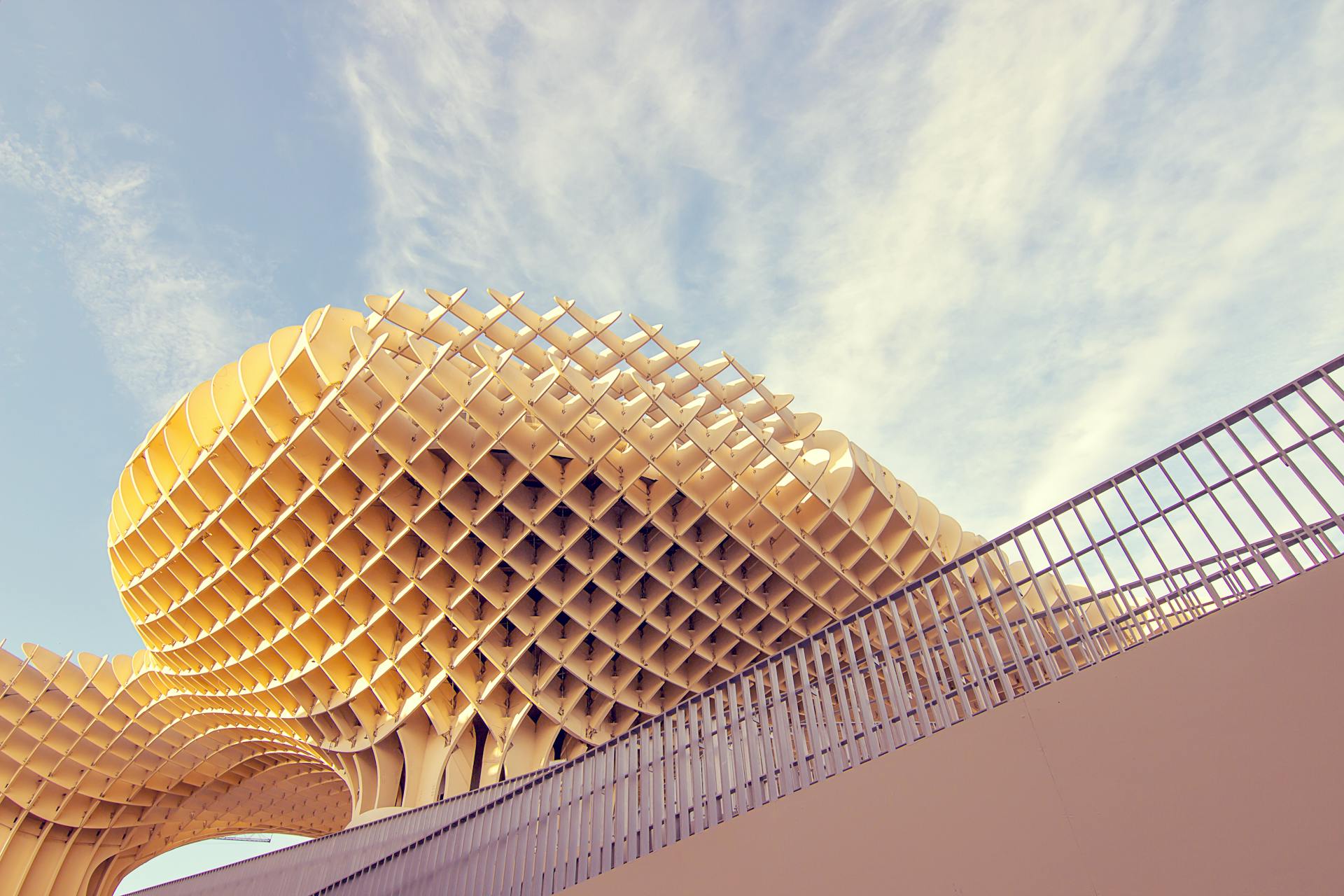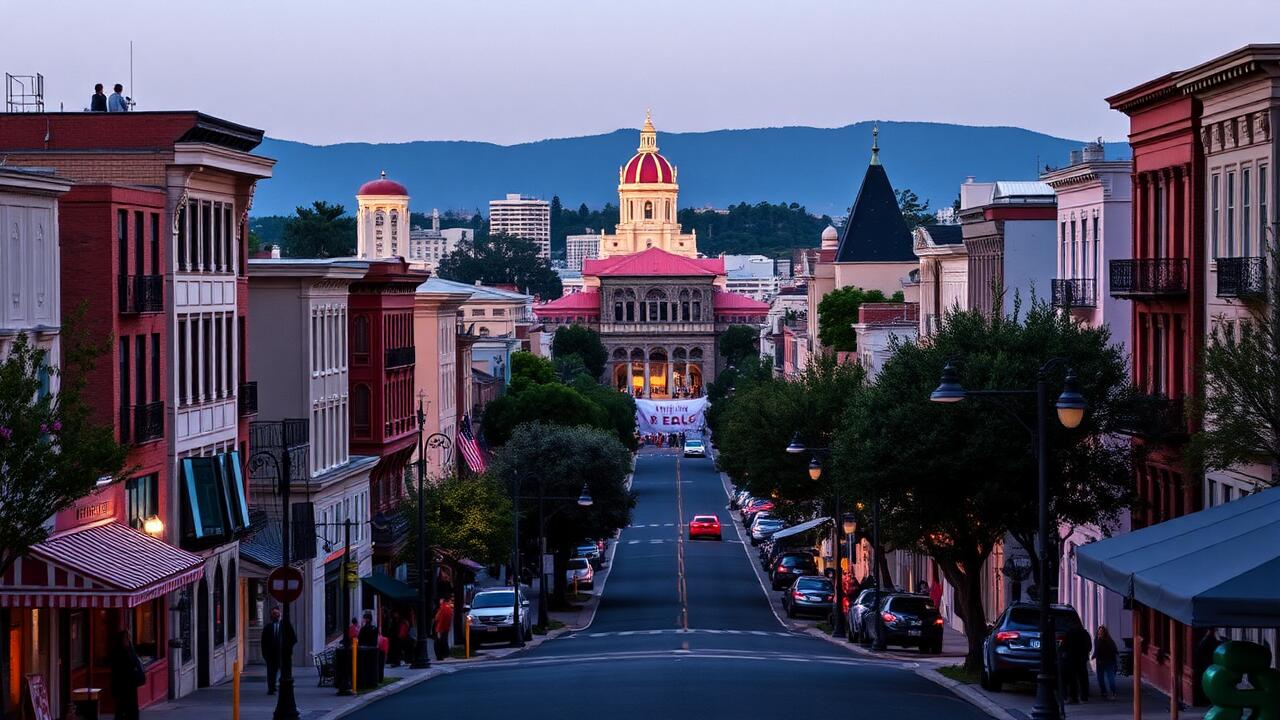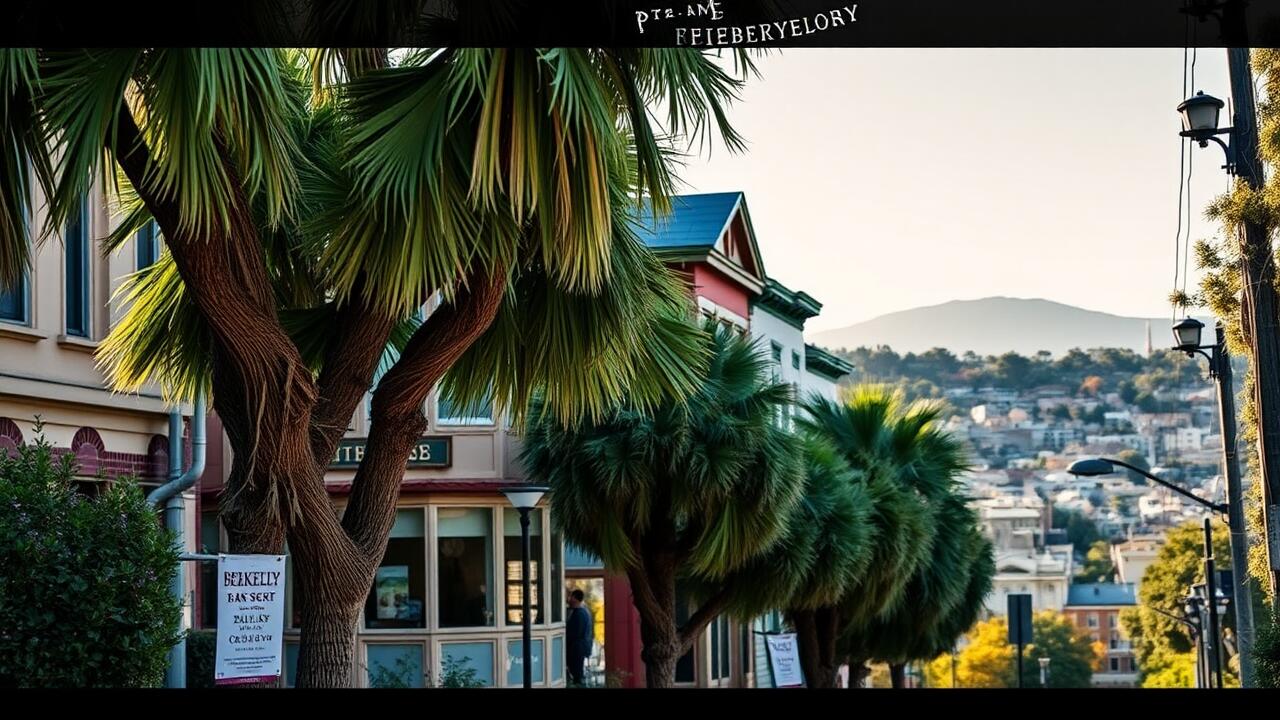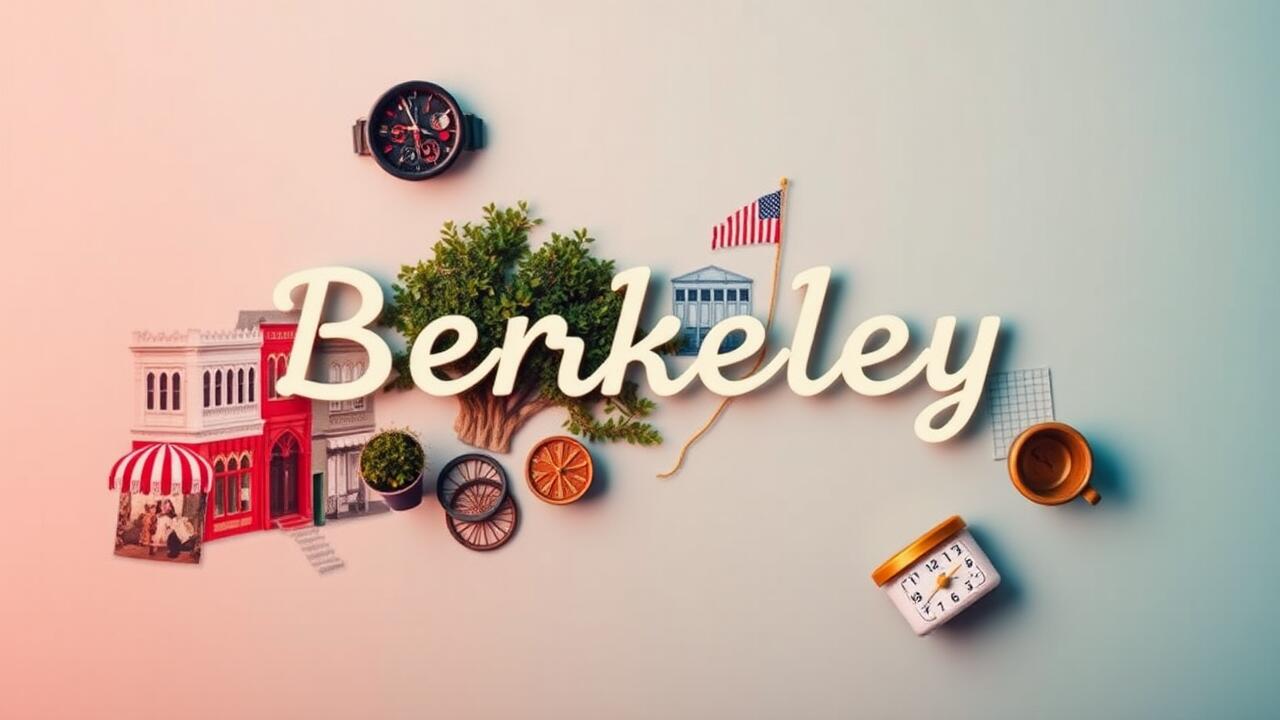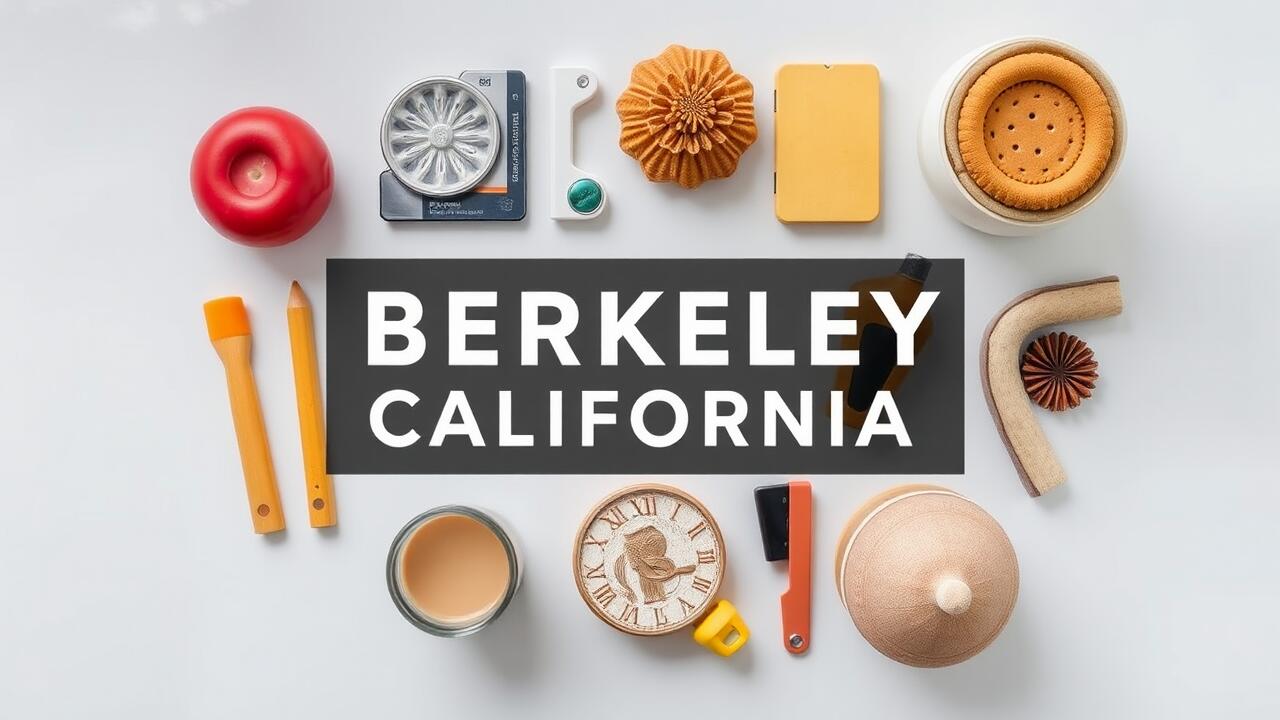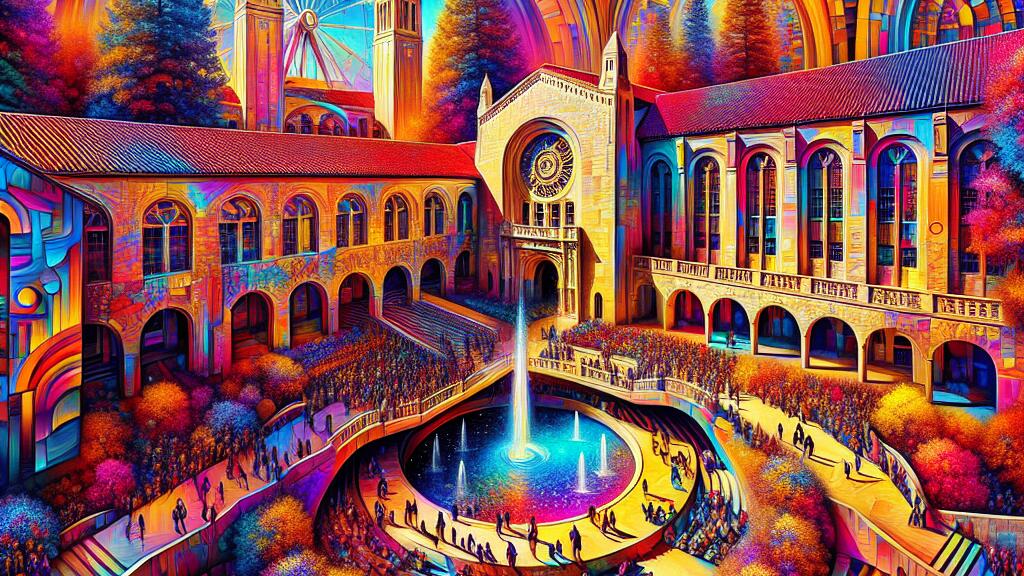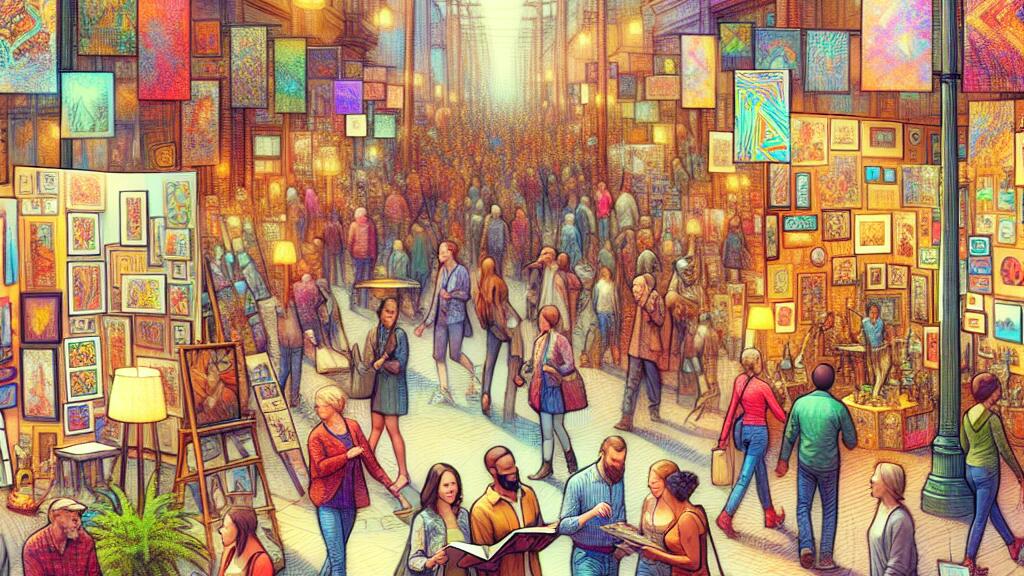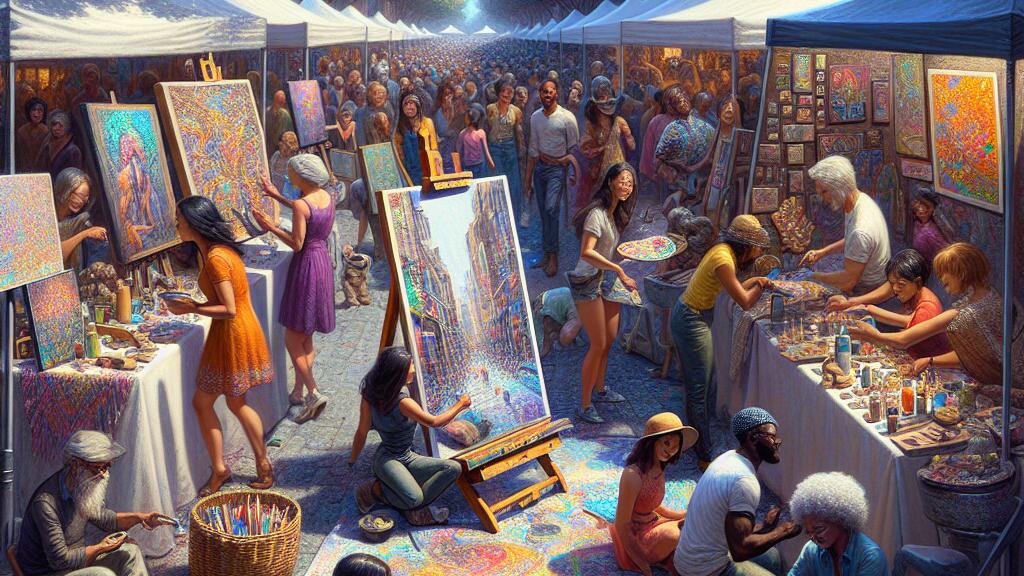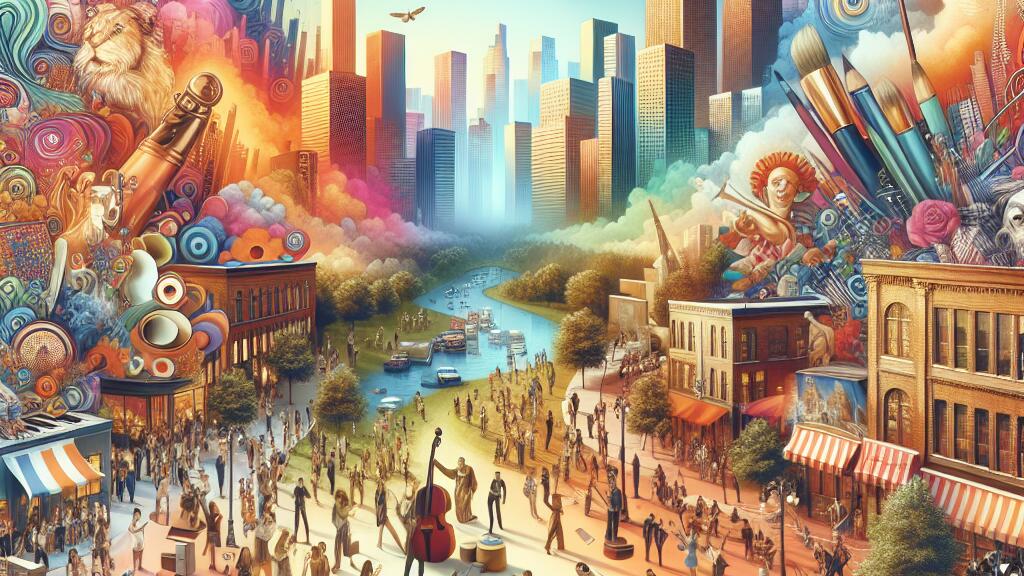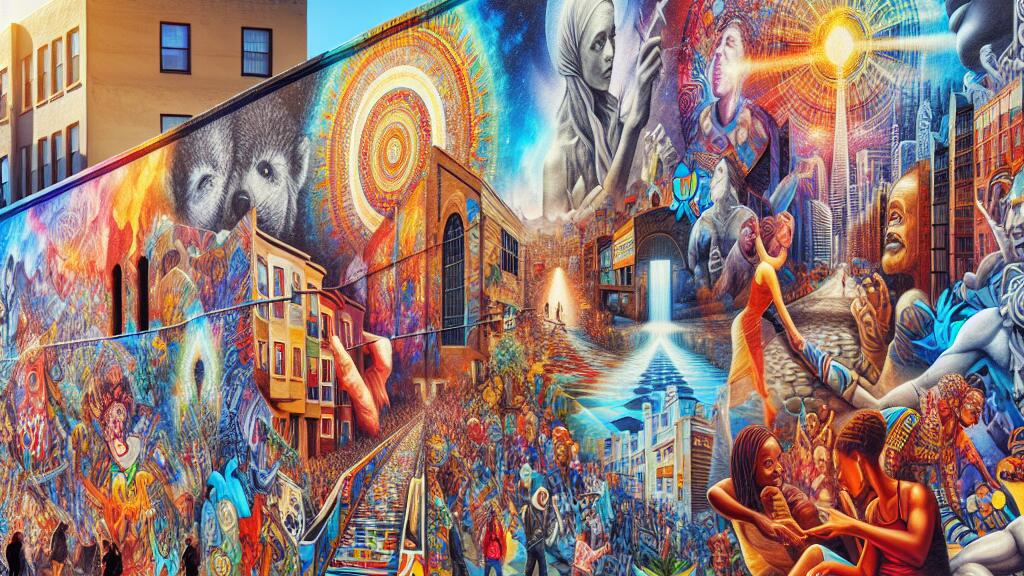Cultural Attractions in Berkeley
Ah, Berkeley—a kaleidoscope of cultural gems that pulsates with the heartbeat of a dynamic community and an intricate past! This city is not just known; it’s celebrated for its theaters, museums, and vibrant festivals that transform the mundane into extraordinary realms of artistic expression. Picture this: the Berkeley Art Museum and Pacific Film Archive—an eclectic treasure trove where diverse artistic works beckon from every corner. Meanwhile, the Berkeley Repertory Theatre dazzles with performances so acclaimed they draw eager audiences from all corners of the Bay Area.
But wait! There’s more to this cultural tapestry than meets the eye. Events like the renowned Berkeley Jazz Festival stand as testaments to this city’s rich musical legacy, a tribute to its profound influence across myriad art forms.
Now let’s talk about those enchanting festivals and communal gatherings peppering Berkeley’s social calendar—each one a celebration bursting with life! The annual Berkeley World Music Festival? A symphony of sound showcasing local artists in their element. And who could overlook the iconic Solano Avenue Stroll? It transforms streets into vibrant avenues where musicians strum their hearts out while food vendors tantalize taste buds—all underlining Berkeley’s unwavering commitment to diversity and inclusivity within its arts scene.
In essence, Berkley isn’t merely alive; it thrives on creativity and engagement, weaving together experiences that invite both residents and visitors alike into its warm embrace—a unique invitation you simply cannot resist!
Museums, Theaters, and Festivals
Ah, Berkeley—a veritable kaleidoscope of culture bursting at the seams! This city pulsates with an electric energy, where museums and theaters intermingle like old friends at a bustling café. Enter the Berkeley Art Museum and Pacific Film Archive (BAMPFA), a beacon for contemporary art lovers and film aficionados alike. It draws in throngs of curious minds, each eager to feast their eyes on avant-garde exhibitions that push boundaries and challenge perceptions.
But wait—there’s more! Tucked away in nooks and crannies are smaller galleries, each one a treasure trove showcasing local visionaries. These lesser-known spaces amplify the voices of emerging artists, offering them platforms to shine amidst the urban tapestry.
And oh! The theatrical scene? It’s nothing short of extraordinary. With gems like the Berkeley Repertory Theatre and Aurora Theatre Company leading the charge, audiences are treated to productions that traverse time—from beloved classics to daring modern works that provoke thought and stir emotions.
As if that weren’t enough, festivals pop up throughout the year like wildflowers after rain—each one celebrating this city’s rich heritage in vibrant hues. The Berkeley Folk Music Festival serenades with soulful tunes while the Berkeley World Music Festival dances through diverse rhythms from around our globe. These cultural extravaganzas do more than just enhance aesthetics; they weave together threads of connection among residents and visitors alike in a beautiful tapestry of shared experience.
| Venue/Festival | Type | Description | Notable Events |
|---|---|---|---|
| Berkeley Art Museum and Pacific Film Archive (BAMPFA) | Museum | A hub for contemporary art and cinema. | Avant-garde exhibitions, film screenings. |
| Berkeley Repertory Theatre | Theater | Renowned for its innovative productions and interpretations. | Seasonal plays, special events. |
| Berkeley Folk Music Festival | Festival | Celebrating folk music and culture through performances. | Live performances, workshops. |
| Aurora Theatre Company | Theater | A staple of the local theatre scene, known for engaging performances. | Contemporary plays, guest productions. |
| Berkeley World Music Festival | Festival | A celebration of global music highlighting diversity. | Diverse music performances, cultural workshops. |
Transportation Options in Berkeley
Berkeley, a vibrant tapestry of transportation options, unfurls before you like a well-worn map brimming with possibilities. Public transit reigns supreme here; AC Transit weaves its extensive web of bus routes across the East Bay, seamlessly linking to BART—the regional rapid transit lifeline that pulses through this bustling area. Imagine stepping off at the Downtown Berkeley BART station—your gateway not just to San Francisco but also to neighboring enclaves, making it an effortless choice for those who commute daily.
But wait! There’s more than one way to navigate this city. Cycling enthusiasts will find themselves right at home amid bike lanes and innovative programs designed to champion sustainable travel—a true nod to Berkeley’s eco-conscious spirit.
For the car aficionados among us, fret not! Berkeley opens its arms wide via major highways like Interstate 80 and Interstate 580, inviting drivers into its embrace. Parking? Ah yes, that ever-elusive treasure varies from district to district—metered spots mingle with residential permits in many neighborhoods.
And let’s talk ridesharing: Uber and Lyft cruise through the streets as flexible companions ready for your beckoning call whenever you need them. Lastly, there’s a palpable energy in walkability especially within those lively commercial districts where each step feels alive—with excitement—and enhances every experience for both residents and wandering visitors alike.
Public Transit and Accessibility
Berkeley, a vibrant hub in the Bay Area, is graced with an intricate public transit network that weaves together residents and visitors alike. The Bay Area Rapid Transit (BART) system stands as a linchpin, boasting multiple stations scattered throughout the city—each one a gateway to San Francisco, Oakland, and beyond! But wait—there’s more! AC Transit bus lines crisscross Berkeley like veins of connectivity, ensuring seamless travel not just within the city’s borders but also into neighboring enclaves. These public transportation options are a lifeline for commuters rushing to work or intrepid explorers diving into Berkeley’s rich tapestry of cultural and recreational delights.
Now let’s talk accessibility—a cornerstone of Berkeley’s transit philosophy. BART stations have been thoughtfully designed: elevators hum softly alongside ramps while designated seating areas await those who need them most. And what about AC Transit buses? They offer low-floor entries that invite all aboard and secure spaces for mobility devices that ensure everyone can ride comfortably. Local authorities are continually innovating; their dedication shines through ongoing efforts aimed at enhancing transit infrastructure and fostering inclusivity across every facet of public transport—transforming this eclectic city into an even more navigable paradise for all its inhabitants!
Parks and Recreation in Berkeley
In the vibrant tapestry of Berkeley, a kaleidoscope of parks and recreational havens awaits both residents and visitors, each location brimming with its own character. Picture Tilden Regional Park—vast and sprawling; its trails weave through nature’s embrace, leading to a quaint little lake that invites quiet reflection or spirited adventure. Contrast this with the cozy charm of neighborhood parks, where the essence of community swells in intimate gatherings. Here lies an abundance of opportunity for those seeking exercise or simply some peace under the open sky.
Berkeley’s unwavering dedication to preserving these verdant sanctuaries means that locals are never far from well-tended greenery, complete with sports fields that echo laughter, playgrounds alive with youthful energy, and picnic spots perfect for lazy afternoons spent among friends—all elements harmonizing to nurture an active lifestyle while weaving bonds within the community fabric.
As outdoor pursuits flourish in this city kissed by a temperate climate—where sunshine encourages year-round escapades—the allure is undeniable! Cyclists can glide along extensive bike paths like dancers on asphalt stages; runners and walkers delight in meandering routes hugging the water’s edge. Beyond just traditional sports offerings lie fitness classes sprinkled throughout many parks alongside lively community events—a veritable feast for social engagement promoting healthful living! This seamless access to invigorating outdoor spaces stands as a cornerstone for holistic well-being among Berkeley’s inhabitants—a central hub pulsating with life, recreation, and connection.
Outdoor Spaces and Activities
Ah, Berkeley—a vibrant tapestry of parks and outdoor havens, each woven with threads that cater to a kaleidoscope of interests! Tilden Regional Park stands tall as one of the grandest green expanses around, where hiking trails meander like whispered secrets, picnic spots beckon with the promise of laughter and shared meals, and a quaint little lake invites sun-soaked splashes during the summer’s embrace. But wait—there’s more! The smaller gems dotting this landscape, such as the beloved Berkeley Marina, unveil jaw-dropping vistas over the San Francisco Bay. These spots are pure magic for outdoor gatherings or leisurely moments spent soaking in nature’s wonders.
The city pulses with an undeniable enthusiasm for all things outdoors; it’s etched into its meticulously maintained trails and lively sports facilities. Locals can be seen running like wind through community parks—Willard Park and Aquatic Park come alive with cyclists whizzing by and teams forging bonds through friendly competition. These communal spaces do far more than promote physical vigor; they weave social fabric among residents via organized events and spirited recreational leagues. In every corner lies a testament to Berkeley’s fervent commitment to enhancing life quality—a place that not only encourages an active lifestyle but also nurtures connections that blossom amongst its inhabitants under wide-open skies!
- Explore the diverse trails available in Tilden Regional Park for all skill levels.
- Host a picnic at the scenic Berkeley Marina with friends and family.
- Participate in community sports leagues to foster connections and stay active.
- Attend seasonal outdoor events such as farmers’ markets or music festivals.
- Take advantage of the fitness amenities offered at local parks.
- Enjoy kayaking or paddleboarding at Aquatic Park for a unique waterfront experience.
- Visit the botanical gardens for a peaceful retreat surrounded by nature.
Community and Lifestyle in Berkeley
In the city’s vibrant tapestry, a kaleidoscope of neighborhoods intertwines, each pulsating with its own distinct culture and way of life. Picture this: the bustling energy of Telegraph Avenue, alive with an eclectic mix of shops and cafes that beckon passersby to linger longer. Contrast that with the serene embrace of North Berkeley’s residential streets, where tranquility reigns supreme. This rich mosaic fosters not just diversity but also a robust sense of community engagement—a heartbeat that echoes through local events, farmers’ markets bursting with fresh produce, and lively festivals honoring the city’s storied heritage.
Berkeley stands as a beacon for sustainability and social responsibility; it vibrates with initiatives sprouting from grassroots organizations and local government collaboration alike. Here, environmental awareness isn’t just a buzzword—it’s woven into the very fabric of daily life alongside fervent support for social justice endeavors. The emphasis on walkability transforms mere sidewalks into pathways for connection—between neighbors who swap stories over garden fences or share laughter at street fairs—while public spaces flourish as arenas for creativity and communal spirit. All these threads come together to weave an enriching lifestyle steeped in inclusivity, innovation, and civic engagement; it breathes life into Berkeley as an ever-evolving landscape where living is anything but ordinary.
Neighborhoods and Local Communities
Berkeley, a tapestry of neighborhoods woven together with threads of diversity and vibrancy, bursts at the seams with character and charm. Take North Berkeley, for instance—an oasis of tranquility where residential streets hug the UC Berkeley campus like old friends. Then there’s South Berkeley, an eclectic fusion that buzzes with energy, drawing in families, students, and artists alike—a melting pot of creativity!
Each district pulses with its own rhythm, contributing to a community fabric rich in local flavor; think quirky shops lining the streets and cozy cafes spilling over with laughter. Cultural landmarks dot the landscape like treasures waiting to be discovered.
In this city’s embrace lies a profound sense of belonging—a true community spirit that beckons residents to engage with one another. Local events sprout up like wildflowers: farmers markets overflowing with fresh produce and festivals bursting forth in celebration of Berkeley’s kaleidoscopic cultural heritage. Every neighborhood dances to its own unique beat—each hosting activities that reflect the colorful mosaic of interests and backgrounds among its people.
Such interconnectedness doesn’t just foster connections; it cultivates a lifestyle steeped in inclusivity—all while creating those collective experiences we cherish dearly. In every corner, Berkeley reveals itself as not just a place to live but as a dynamic canvas painted vividly by its spirited inhabitants!
Government and Politics in Berkeley
Berkeley dances to the rhythm of a city manager-council system, an intriguing blend that marries effective governance with a keen ear for community pulse. Here, the city council—an eclectic group of elected representatives from diverse districts—wields significant power in sculpting local policies and tackling the myriad concerns voiced by residents. This dynamic framework is designed to sharpen accountability while mirroring the rich tapestry of interests found within Berkeley’s populace. Adding another layer, various commissions and committees invite residents into the decision-making fold, championing transparency and inclusivity like banners waving in a spirited parade.
Ah, but let’s not overlook the political landscape—a vivid canvas painted with bold strokes of progressivism! Local elections become battlegrounds where candidates passionately advocate for social justice, environmental sustainability, and educational reform. The seeds of this activism were sown deep in Berkeley’s soil during those tumultuous days of the Free Speech Movement back in the ’60s. Today, this fervent climate cultivates civic engagement; residents dive headfirst into discussions and initiatives that shape their city’s destiny. Indeed, this lively political tableau solidifies Berkeley’s standing as a veritable epicenter for innovation and activism—a place where ideas collide and spark change!
City Structure and Local Governance
Berkeley’s governance dances to the rhythm of a council-manager system, an intricate blend where elected officials and appointed professionals waltz together in decision-making. Picture this: a city council composed of seven vibrant members, including the mayor, all serving four-year terms. Each council member is elected from distinct districts—an arrangement that guarantees diverse neighborhoods have a voice at the table.
Now enter the city manager, handpicked by the council—a maestro orchestrating daily operations while deftly executing policies crafted by those legislative hands. This setup creates a rich tapestry of local governance that thrives on collaboration and foresight.
The political scene here buzzes with active citizen engagement; imagine passionate individuals rallying for social justice or environmental preservation! Various commissions and advisory boards spring into action as vital players, shaping policy decisions and addressing community aspirations. It’s this dynamic framework that nurtures participatory democracy—transparency isn’t just encouraged; it’s woven into every thread of decision-making. Community voices resonate loudly, adding depth to local governance and enhancing its overall effectiveness.
Conclusion
Berkeley, nestled in the heart of Alameda County, pulsates with a kaleidoscope of cultures and an exuberant community vibe. Picture this: a mosaic of educational powerhouses, storied landmarks whispering tales from the past, and artistic expressions bursting forth at every corner—this is what draws both residents and curious travelers to its embrace. The city’s unwavering dedication to sustainability and social justice doesn’t merely enhance its charm; it cultivates a fertile ground where innovation flourishes and local narratives resonate loud and clear.
Now consider the intricate tapestry woven by Berkeley’s diverse neighborhoods—a true testament to community spirit! Here, local governance steps up as an essential player, deftly navigating resident needs while nurturing a lively dialogue between the cityscape and its people. As Berkeley morphs and adapts over time, it boldly embodies timeless values of inclusivity and forward-thinking progressiveness. Truly, it remains an extraordinary jewel within California’s vast crown—distinctive, unforgettable.
